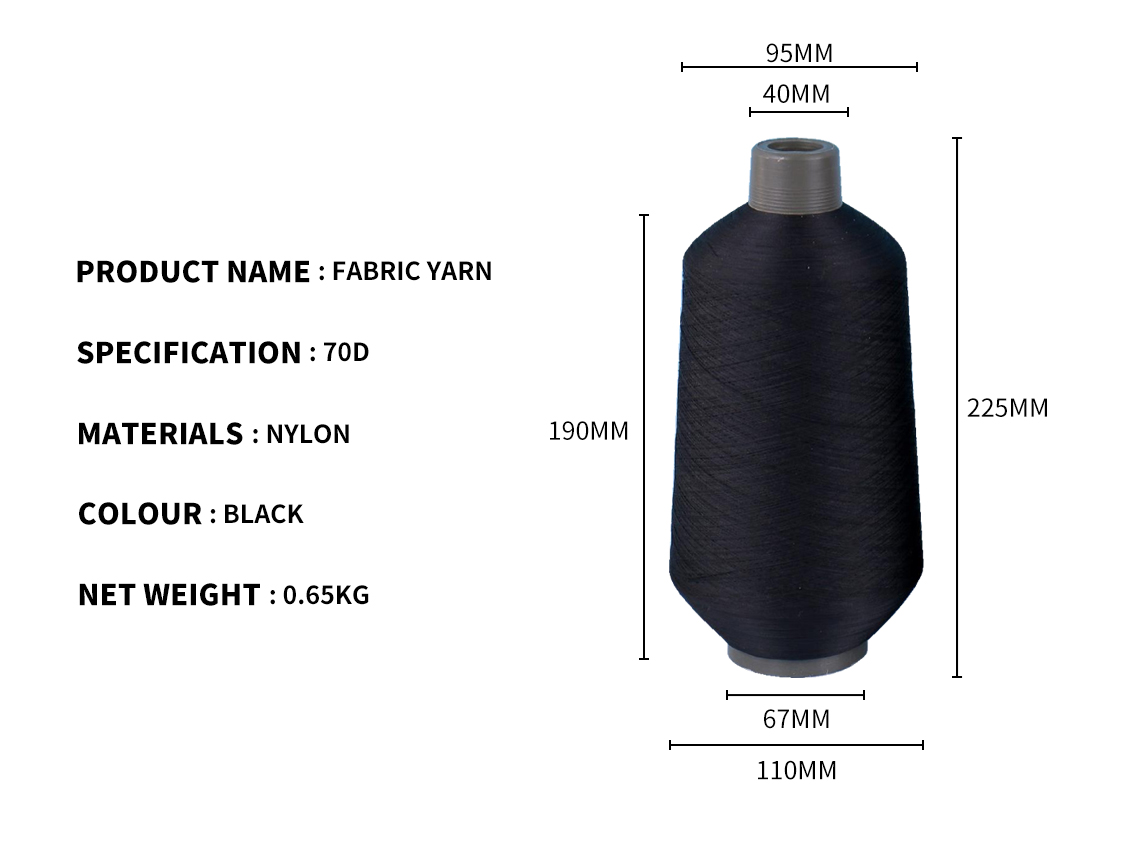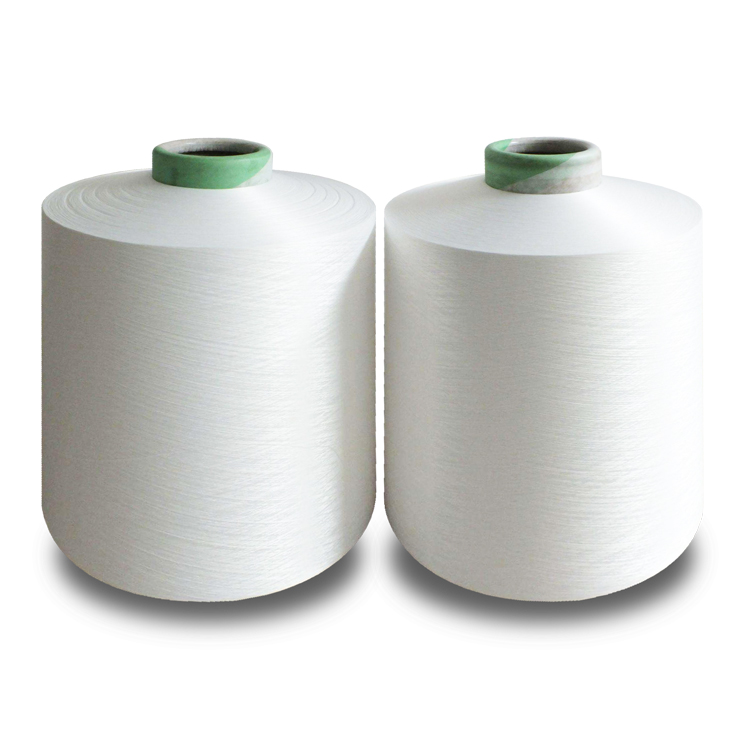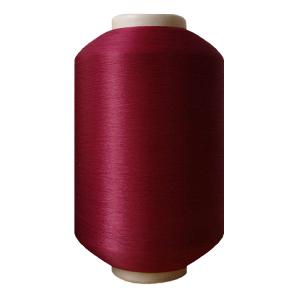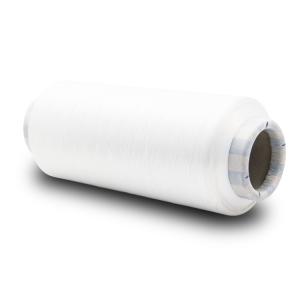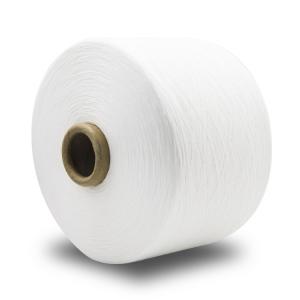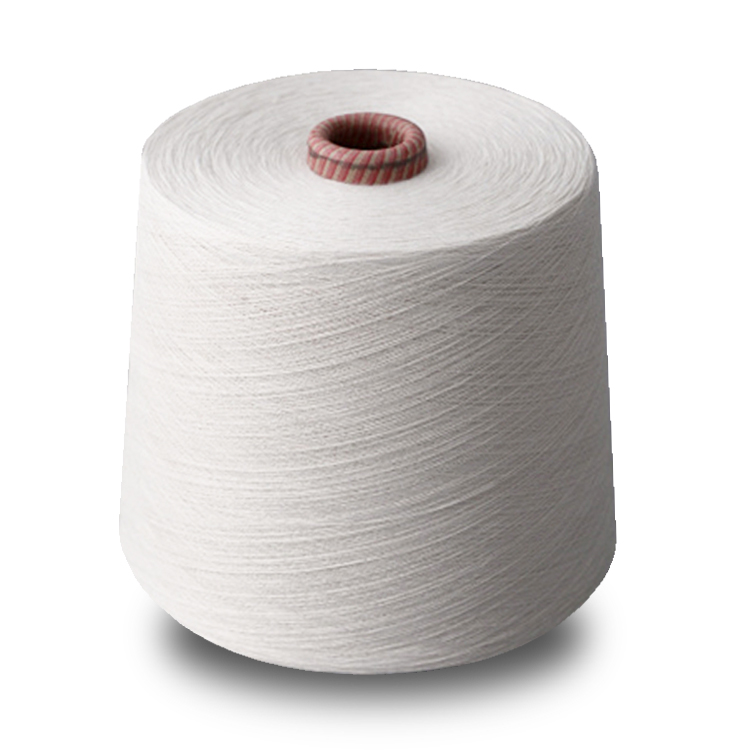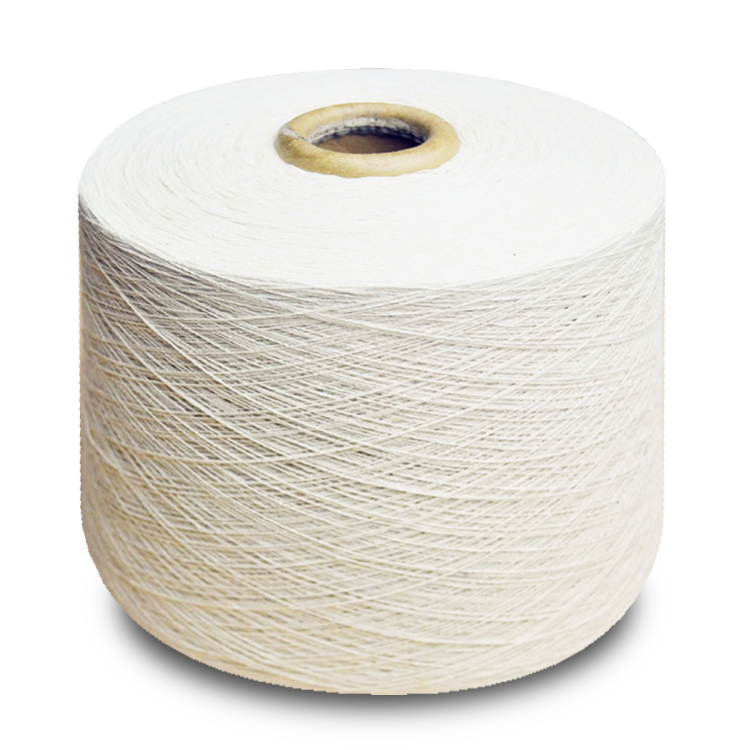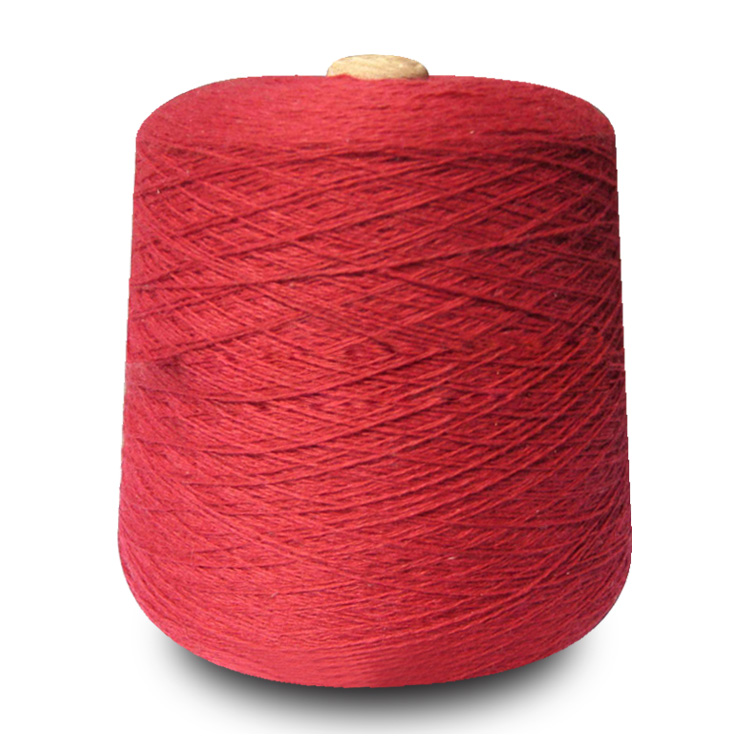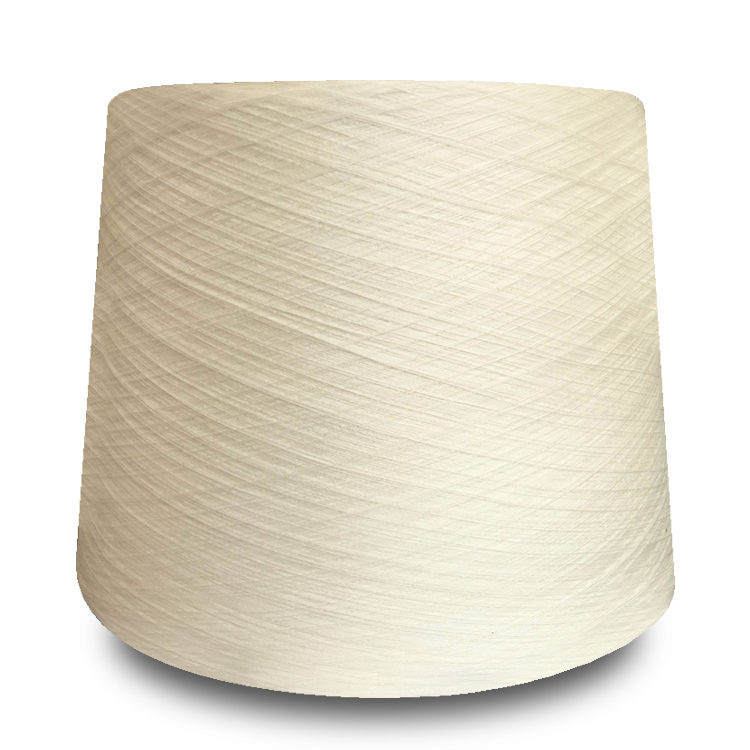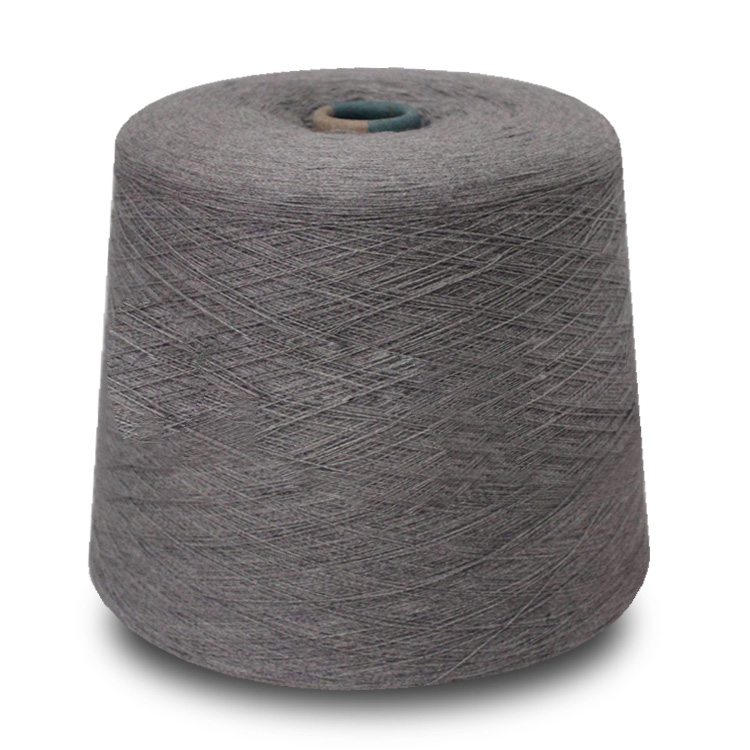Share to:
Related Products
Making cotton polyester cloth blended fabric yarn
LQ-26-01
Price: From $0.66
Delivery time: 9-20 days after payment
MOQ: 500 KG
Type:Cotton blended yarn, fabric yarn
Material:Polyester / cotton
Pattern:Bleached
Style:Core spun yarn
Technics:Ring spun
Use:Sewing, knitting, hand knitting, weaving, embroidery
Feature:Anti-bacteria, moisture-absorbent, recycled, Eco-friendly
Evenness:Uniform
Twist:S
Yarn count:30 32 40 42
Strength:Medium
Fabric yarn for weaving
Fabric yarn is a kind of textile, which is processed into a certain fineness product with various textile fibers. It is used in weaving, rope making, fabric yarn making, knitting and embroidery. It is divided into staple yarn, continuous filament and so on.
Fabric yarn fineness can be expressed in many ways, such as number, metric count, inch count, Daniel count, etc. (see count). The twist of the yarn is expressed by the number of twists per meter or inch.
Wool fabric yarn and wool yarn are generally used for textile sweaters, sweaters, sweater vest, scarves, hats and gloves and knitting various spring and autumn clothing supplies, in addition to warmth, but also decorative role.
Fabric yarns are divided into:
1) fabric spun yarn, which is made of staple fibers (natural staple fibers or chemical fibers) by spinning, ring spinning, free end spinning, self-winding fabric yarn, etc.
(2) Continuous filaments, such as natural silk yarn and chemical filament, with or without fabric yarn, smooth filament or deformed filament, etc.
(3) Composite fabric yarns of staple spun fibers and continuous filaments, such as polyester-cotton filament core-spun fabric yarns.
The fabric yarn is made of two or more single yarns combined and twisted.
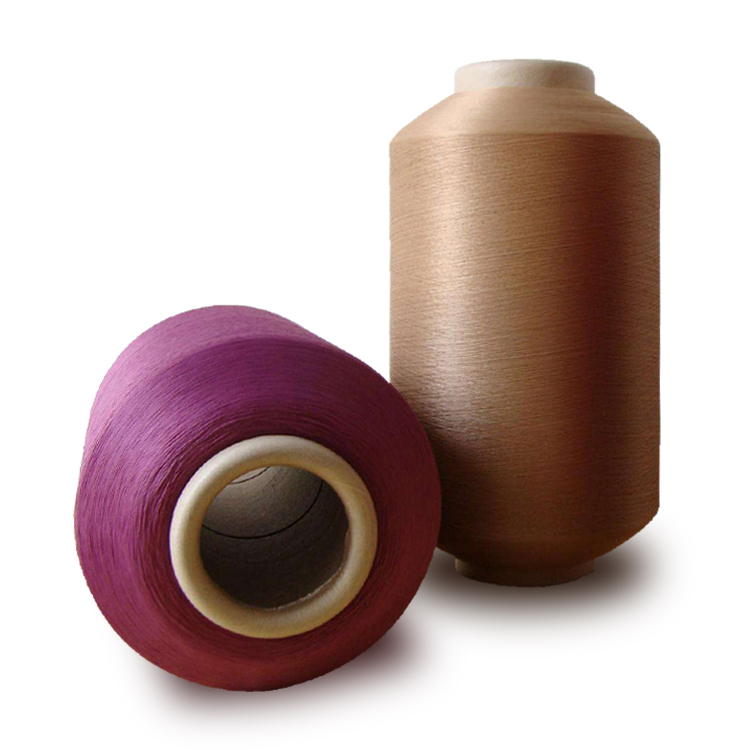
Fabric yarn fineness can be expressed in many ways, such as number, metric count, inch count, Daniel count, etc. (see count).
The twist of the yarn is expressed by the number of twists per meter or inch. The direction of twisting is divided into S twist and Z twist.
Within a certain range of twist, the strength of fabric yarn increases with the increase of twist.
The twist direction of single yarn and the twist direction of ply fabric yarn are selected according to the use of ply fabric yarn.
Usually single yarn and ply yarn are twisted in opposite direction, namely ZS or SZ.
There is an optimum ratio between the fabric yarn and the yarn.
In this range, the fabric yarn strength increases with the increase of the fabric yarn.
Fiber properties and spinning methods play a decisive role in fabric yarn performance.
During the twisting process of ring spinning fabric yarn, due to the transfer of fibers, the fibers are transferred repeatedly from the inner layer to the outer layer, and then from the outer layer to the inner layer.
The fibers are spiral around the fabric yarn axis, and the spiral radius increases or decreases alternately along the axis.
At this time, the long fibers tend to the center of the fabric yarn, while the short fibers tend to the outer layer of the fabric yarn.
Fine fibers tend to the center of the fabric yarn, and coarse fibers tend to the outer layer of the fabric yarn.
The fibers with smaller initial modulus are mostly located in the outer layer, while the fibers with larger initial modulus are mostly located in the inner layer. Reasonable selection of fibers with different properties can spin fabric yarns of different styles, adapt to different fabrics or improve wearability.
Because chemical fibers can choose length, fineness and cross-section shape of fibers at will, it is advisable for coat fabrics to blend chemical fibers with cotton, which are slightly thick and short in length, in order to increase the wool feel on the yarn surface.
Underwear fabrics should choose chemical fibers with slightly slender fibers and slightly longer lengths to make cotton fibers in the outer layer of the fabric yarn, so as to improve moisture absorption and wear comfort.
Free-end spinning includes air spinning, electrostatic spinning, eddy current spinning and other spinning fabric yarns.
Because of the less transfer of fibers inward during twisting, the fabric yarn core is looser, the structure is looser, the fiber straightness is poor, the cohesion between fibers is poor, the yarn strength is low, but the dyeing and wear resistance are good.
Self-twisting spinning fabric yarn, also known as self-twisting fabric yarn, is a kind of fabric yarn that produces periodic positive and negative false fabric yarn to the yarn by using the twisting roller.
There are periodic no fabric yarn spots on the yarn, so the fabric yarn strength is low.
It is usually combined into ply fabric yarn before weaving.
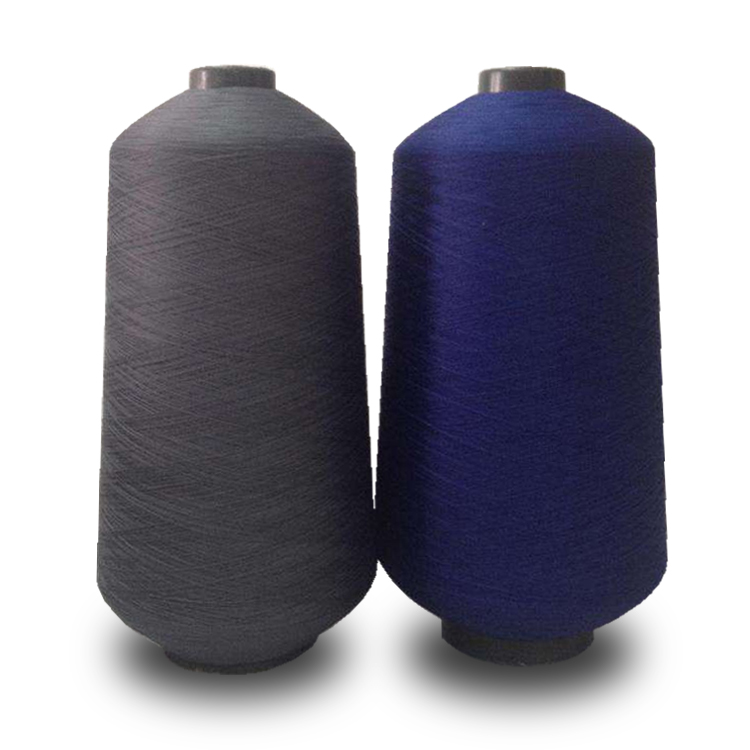
Filament fabric yarn is a costume made up of filaments (such as natural, chemical or rayon), mainly polyester filament, viscose filament, nylon filament, etc.
Fancy fabric yarns are mainly manifested in changes in yarn appearance or color. Mainly wrapped, wrapped core, bamboo knot, belly, color dots, waveform, braid, towel, circle, knot, feather, toothbrush, centipede, belt, section dye, chenille and so on.
characteristic parameter of fabric yarn
1) Volume density: reflecting the characteristics of fiber stacking;
2) The twist angle and crimp of the fibers reflect the straightness of the fibers along the fabric yarn axis.
3) The number and twist direction of the ply fabric yarn:
4) Linear density (diameter) and variation coefficient: Reflecting fabric yarn thickness and variation
5) Inter-fibre forces (friction factor, entanglement point, action segment or slip length, etc.): reflecting the stability of fabric yarn structure
Spinning technology of fabric yarn
There are two ways to solve the problem of fabric yarn strength.
One way is to use more advanced spinning technology without changing raw materials to spin yarns suitable for easy-to-care fabrics, such as compact ring spinning technology.
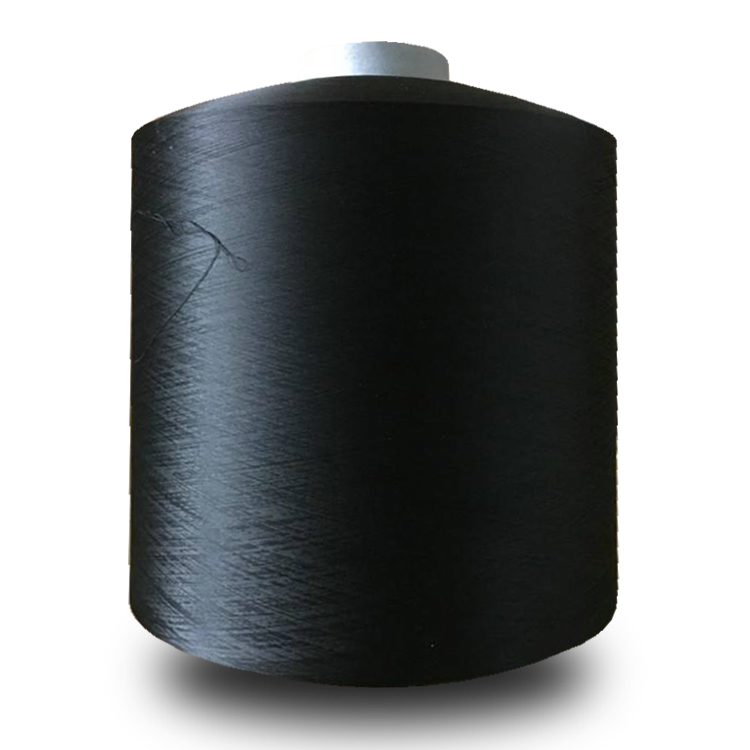
The second method is to adjust the raw materials and change the fabric yarn structure.
By combining the natural fibers and the fibers with good properties and easy to care requirements through a certain spinning method, ideal fabric yarns can be obtained, mainly blended fabric yarns, composite fabric yarns, etc. The following are introduced separately.
1. Blended fabric yarn
Mixed spinning of two or more kinds of fibers mainly adopts the way of bulk and sliver blending.
The strength of the whole fabric yarn is increased by the original fiber material and other fibers with high strength and modulus.
This kind of composite fabric yarn includes traditional polyester/cotton, polyester/viscose, polyester/wool, polyester/cotton/tencel fiber, polyester/cotton/cashmere and so on.
2. Composite fabric yarn
Two different kinds of fibers yarn are intertwined by single or filament, similar to the strand structure, which can be spun on a modified spinning frame or on a hollow spindle. There are mainly Siro spinning, selofil spinning, wrapping spinning, core-spun spinning and so on.
